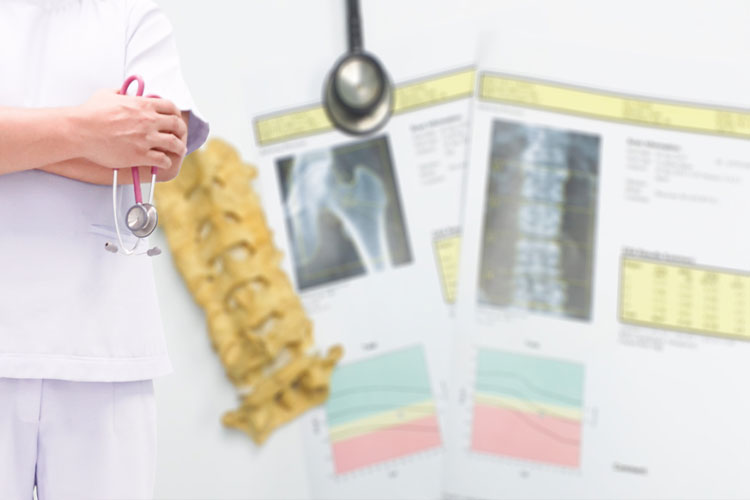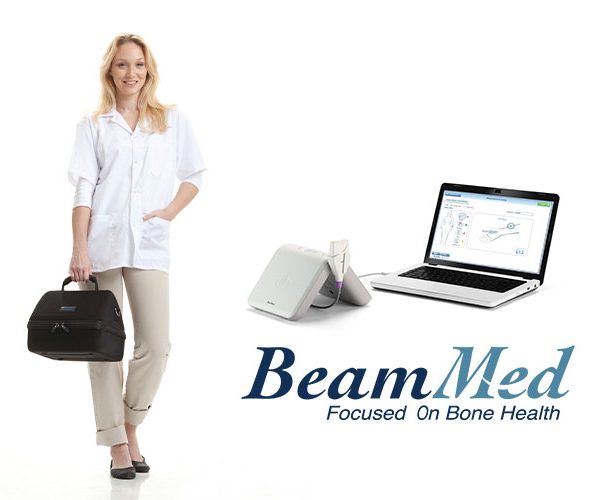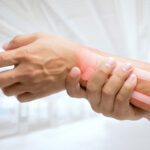Osteoporotic fractures significantly impact quality of life
By 2025, experts predict osteoporosis will be responsible for 3 million fractures.[i] Half of all women will suffer an osteoporosis-related fracture during their lifetime, and those who experience them are at higher risk for additional fractures[ii]. For those who suffer these types of injuries, most commonly hip and vertebral fractures, the impact on quality of life can be significant, including limitations on mobility, chronic pain, disability, and loss of independence[iii]. The majority of those who experience hip fractures require surgery, and only 50% are able to walk unaided post-surgery. What’s worse, close to 20% of those over 50 who’ve suffered a hip fracture die the following year and 40% of survivors never regain the full function they had pre-fracture, frequently requiring life-long dependence on skilled nursing care.[iv] Bone density testing is Indispensable for women’s health and can prevent further bone damage.
Cost effectiveness of treatment prior to fracture
According to the National Osteoporosis Foundation, osteoporotic fractures cost the health care system, including patients, an estimated $19 billion each year, skyrocketing to $25.3 billion by 2025. Osteoporosis-related fractures make up over 40% of hospitalizations for post-menopausal women, a significant portion when compared to myocardial infarction (25%) and stroke (26%).The annual associated hospital costs were highest for hospitalizations due to osteoporotic fractures ($5.1 billion), compared to myocardial infarction ($4.3 billion) and stroke ($3.0 billion). [v] By contrast, for non-fracture Medicare patients, the cost of receiving drug treatment for osteoporosis averages $500 per treated patient/year, or $2 billion.[vi]
Disparities in Osteoporosis Bone Density Testing disproportionately affect Black women and those with lower socioeconomic status
As is the case with other preventive health screenings, racial and ethnic disparities extend to osteoporosis screening as well. As compared with other racial/ethnic categories Non-Hispanic Asian and Hispanic women are the most likely to be screened while Non-Hispanic Black women were the least likely to have osteoporosis screening.[vii] Researchers also learned that women with more socioeconomic barriers were less likely to be screened for osteoporosis.[viii] Improving of osteoporosis screening rates for all women over 65 is important, but particularly improving the rates through targeted interventions that address the unique needs of Black women and those with lower socioeconomic would reduce screening disparities.
Bone Density Testing Prevents Fractures
The US Preventive Services Task Force (USPSTF) makes recommendations about the effectiveness of preventive services for patients without obvious related signs or symptoms. It bases its recommendations on the evidence of both the benefits and harms of the service and an assessment of the balance. In its 2018 recommendation statement, the USPSTF recommended screening for osteoporosis with bone measurement testing to prevent osteoporotic fractures in women 65 years and older and in postmenopausal women younger than 65 years at increased risk, as determined by a formal clinical risk assessment. The evidence is clear that screening for osteoporosis with bone measurement testing works to prevent fractures, and, therefore, stakeholders should seek to implement interventions to improve the rates of osteoporosis screening for all women 65 and older and for those at increased risk prior to fracture. To achieve higher rates of screening, payers and providers can leverage the convenience of the portable bone density scanner, which has proven to be reliable, accurate, and cost-effective.
[i] National Osteoporosis Foundation. Osteoporosis Fast Facts. Accessed at: https://www.bonehealthandosteoporosis.org/wp-content/uploads/2015/12/Osteoporosis-Fast-Facts.pdf
[ii] US Department of Health and Human Services (USDHHS). 2004. Bone Health and Osteoporosis: A Report of the Surgeon General. Rockville, MD: 2004. US Department of Health and Human Services, Office of the Surgeon General.
[iii] Brauer, C.A., M. Coca-Perraillon, D.M. Cutler, et al. 2009. “Incidence and Mortality of Hip Fractures in the United States.” JAMA 302(14):1573–9. doi:10.1001/jama.2009.1462.
[iv] National Institutes of Health (NIH). Osteoporosis and Related Bone Diseases National Resource Center. 2017. The Surgeon General’s Report on Bone Health and Osteoporosis: What It Means to You. Accessed at: http://www.niams.nih.gov/Health_Info/Bone/SGR/surgeon_generals_report.asp
[v] Singer, A., A. Exuzides, L. Spangler, C. O’Malley, C. Colby, et al. 2015. “Burden of Illness for Osteoporotic Fractures Compared With Other Serious Diseases Among Postmenopausal Women in the United States.” Mayo Clin Proc 90(1):53–62. doi: 10.1016/j.mayocp.2014.09.011.
[vi] Blume, S.W., J.R. Curtis. 2011. “Medical Costs of Osteoporosis in the Elderly Medicare Population.” Osteoporos Int 22(6):1835–44. doi: 10.1007/s00198-010-1419-7.
[vii] Gillespie, C.W., and P.E. Morin. 2017. “Trends and Disparities in Osteoporosis Screening Among Women in the United States, 2008-2014.” The American Journal of Medicine 130, 306–16. http://dx.doi.org/10.1016i/j.amjmed.2016.10.018.
[viii] Amarnath, A.L., Franks, P., Robbins, J.A. et al. 2015. “Underuse and Overuse of Osteoporosis Screening in a Regional Health System: A Retrospective Cohort Study.” J Gen Intern Med 30(12):1733–40. doi: 10.1007/s11606-015-3349-8.











